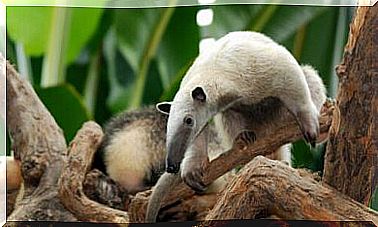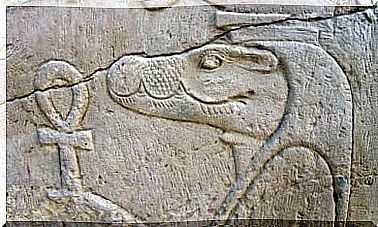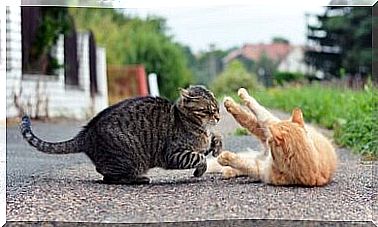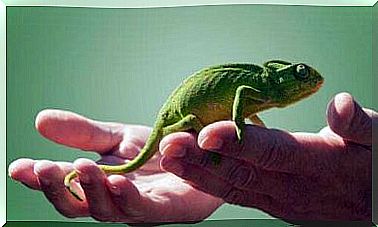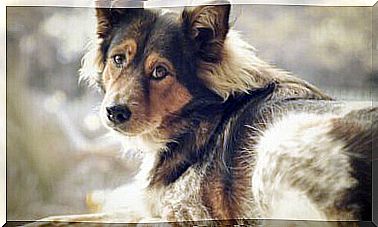Differences In Breeding Between Sheep And Goats
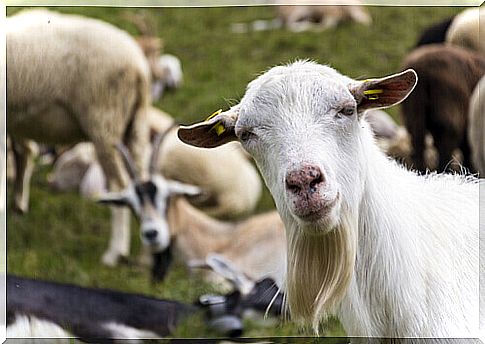
Knowing the differences between sheep and goats is essential before purchasing livestock. In fact, breeding involves significant investments, both in terms of animals and transport. The best thing to do is to take the necessary measures to optimize the resources invested.
While sheep and goat farming may appear to be a viable option, the specific characteristics of both must be taken into account. Large cattle breeders claim to have achieved good results by working only with one species of cattle.
Main breeding differences between sheep and goats
There are three central differences in sheep or goat farming. The first is the reproductive climate required by each species, the second is food and the third is productive.
1. Breeding based on the climate
Climate changes greatly influence the production goals of livestock farmers. For example, it can be reared to produce milk, fur or meat. In turn, each potential product can be combined with another, such as the production of wool and milk in the case of sheep.
The climate for goat farming
Although goats adapt to all types of climate, terrain and geography, there are some breeds that prefer one or the other characteristic. Some breeds prefer cold climates, while others do not thrive unless they live in places with high temperatures.
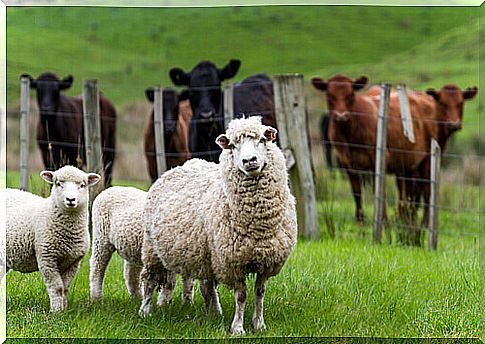
The climate for sheep farming
In the case of sheep, it is convenient to define the goal of their production. The ideal breed for the breeding climate will depend on this. If you want to breed them for wool, you should know that only a few specific breeds are capable of making it.
2. Breeding according to the diet
Both sheep and goats are herbivorous animals, but they don’t eat all types of plants. Among the breeding differences between sheep and goats, nutrition also greatly affects the success of production.
Feeding for goat breeding
Because they are ruminant animals, goats prefer hard leaves, weeds, and stems for their food. In their natural state, goats feed on plants in mountainous regions and on various types of grass; variety is a constant in their diet.
Feeding for sheep breeding
Like goats, sheep try different types of plants for food. The main difference is that they almost eat nothing but soft herbs, a natural food that goats, for their part, tend to reject.
3. Differences between sheep and goats regarding production
As we can see, the production obtained from the breeding of goats and sheep has to do with meat, fur and milk. The secret to the success of such a company is knowing which product carries the least risk and generates the most profits.
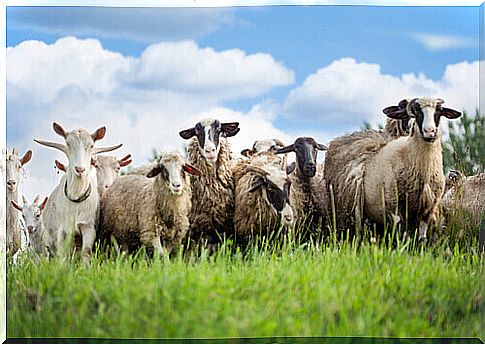
The production of goat and sheep meat is not among the best commercial bets. Goat meat is a high cholesterol food, so it’s not eaten as often as beef or turkey. On the other hand, it is enough to make a few mistakes in health and the whole production will be easily contaminated by parasites that can be transmitted to people.
Milk production offers many benefits to producers. In fact, milk is one of the basic foods that underlies the diet of many people, especially the lactose-free one. In the case of goat’s milk, it contains 25% more calcium than cow’s milk.
For its part, the amount of calcium present in sheep’s milk far exceeds that of cow’s and goat’s milk. It is estimated that it is around 80% higher. On the other hand, sheep’s milk is highly recommended, as it is lighter and easier to digest than the other two.
Conclusions
As final considerations, we can assume that the differences in herding between sheep and goats must be weighed in relation to the benefits that can be obtained from one or the other species. Although the maintenance costs for goats and sheep are not very different from each other, there are significant differences in terms of profitability.
In any case, the products obtained from the breeding of this type of livestock are growing in popularity. According to some studies, the prospect of considering an alternative to cow’s meat and milk is very well received by the population.
